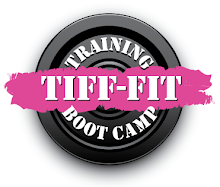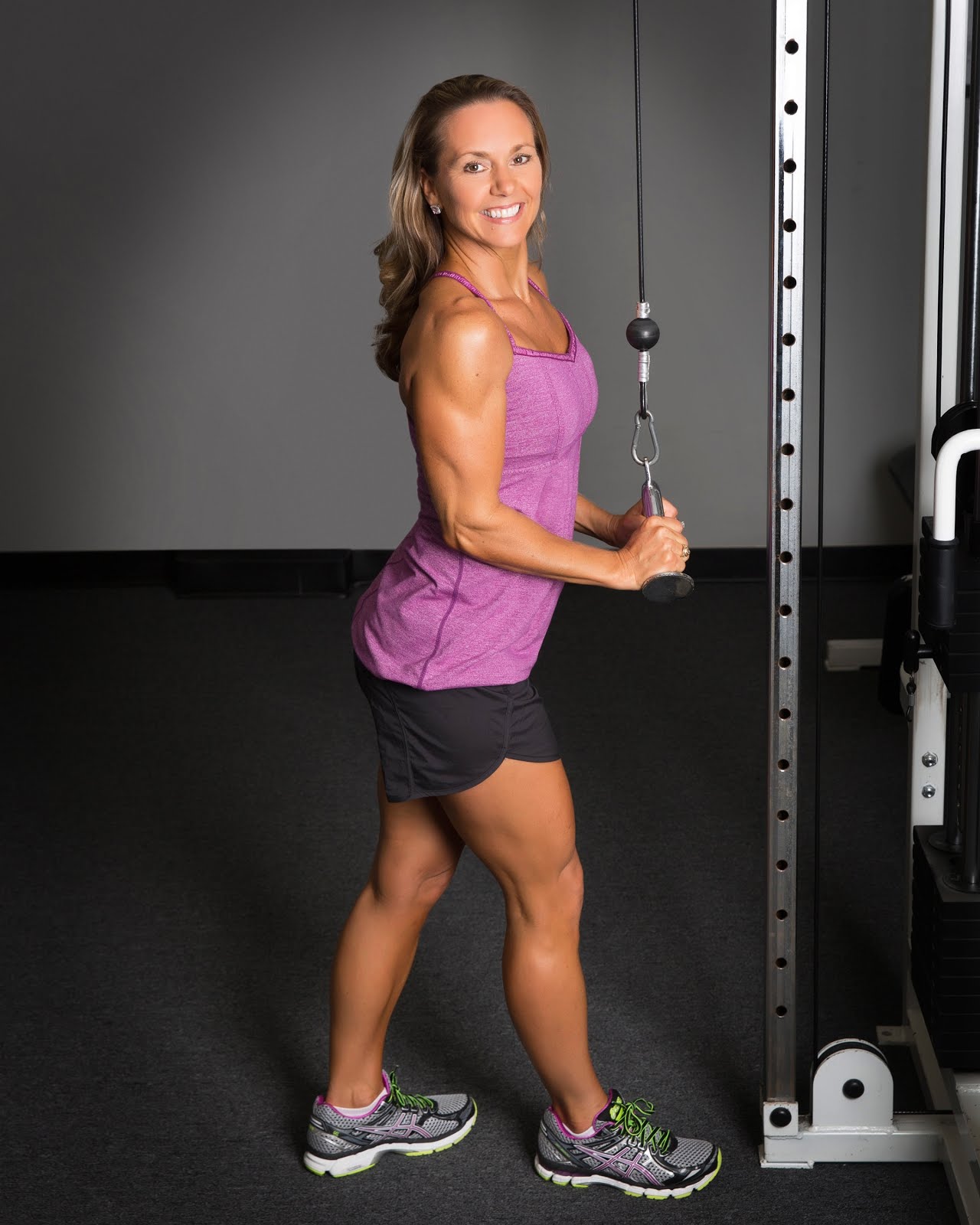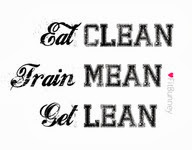After a good workout, your muscles are starving for nutrients, especially fast acting carbohydrates and quick absorbing protein. Imagine your muscles as little starving birds screaming out for their mama...well what are you waiting for...feed them already!!! :)
The goals for the post-workout meal is (1) get into anabolic state, (2) eliminate metabolic waste, (3) replenish glycogen, (4) start building muscle, and (5) bolster immune system. However, the window of opportunity opens and shuts very quickly so you need to act fast. After 1 hour, the window begins to close; after 4 hours, the window is shut!
Just like your pre-workout meal, the best ratio appears to be 3 carbs to 1 protein; therefore, about 30 grams of carbohydrates mixed with 10 grams of protein will work great! A quick and easy choice is orange juice and whey protein (a protein powder). Or a peanut butter and banana sandwich will work just fine. The trick is, feed them again 2 hours later...and then again 2 hours after that. So in summary, a small post-workout meal immediately following your workout plus 2 more small meals within 4 hours. Afterward, go back to your normal diet consisting of unsaturated fat, low glycemic carbohydrates, and complete proteins.
What you should and should NOT eat after a workout.
Simply put, aside from water (which you should already know you need) your post workout meal needs to contain two things, and it needs to not contain one. You should be eating protein and carbs. You should NOT be eating fat.
Here's a quick explanation of why you shouldn't eat fat after a workout.
Remember fat is NOT a bad thing (when it's the "good" fat) and it is an important part of everyone's diet. However, there just happens to be a certain time when fat (good or bad) wouldn't be good to eat. This of course is in the post workout meal. Fat slows down digestion. In this case, it would be slowing down the digestion of protein and carbs. This is the exact opposite of what you want to happen.
3 questions about your post workout meal:
1 - How soon should I eat it?
2 - How much protein and how many carbs should I eat?
3 - What foods should the protein and carbs be coming from?
How long after my workout should I eat my post workout meal?
Soon... really soon. As soon as you can. There is this "window of time" that exists after your workout during which it would be the most beneficial for your body to receive it's post workout nutrition. Typically you'd want to try to get this meal into your body within 1 hour. If possible, within 30 minutes would be even better.
Post Workout Protein
Now that you know that time is of the essence when it comes to your post workout meal, this part is going to make a whole lot of sense. See, eating this meal soon after a workout is important, but just because you are putting the food into your body quickly doesn't actually mean the food is being digested and used by your body equally as quick. While eggs/egg whites, chicken, and tuna fish are fine sources of protein that I personally eat daily, they aren't the ideal type of protein for the meal after your workout.
These foods are whole foods, and the protein in whole foods digest pretty slowly. You may have eaten a high protein food in your post workout meal, but by the time the protein is digested and finally ready to be used by your body, a whole lot of time would have passed. This is why the ideal source of protein to eat after your workout is a whey protein powder mixed with some type of liquid thus creating a whey protein shake.
A whey protein shake will be digested by your body much quicker than a whole food because it will be a liquid. And, not to mention, whey protein is the fastest digesting protein there is. This is what makes whey protein pretty much the official choice of most people as their post workout meal protein source. As for how much, try to consume between 0.15-0.25 grams of protein per pound of your body weight (so a 150 lb person would shoot for between 22-38grams at this time).
Post Workout Carbs
Carbs after your workout are actually an extremely important part of your post workout nutrition. Carbs will be used by your body to restore muscle glycogen. If your post workout meal doesn't contain carbs, your body may actually instead break down muscle tissue for this same purpose. That would be a bad thing. Carbs also create an insulin spike which helps to move nutrients into your muscle tissue quicker.
So, now that you know you need them after a workout, what kind do you need? Well, you know all about good carbs and bad carbs by now, right? Funny enough, this is actually the only time when "good carbs" and "bad carbs" switch roles. This doesn't mean start eating cookies, this just means that typical good carbs (whole wheat bread, brown rice, etc) contain fiber, and fiber slows down their digestion. This is actually what makes them "good" any other time of the day. But the post workout meal is all about speed. And when it comes to speed, simple carbs beat complex carbs.
This would be a good time to have your fruits, made up of those simple sugars. I prefer mixing in some frozen berries with the whey protein and water to make a smoothie. Check out the recipe on the right side column.















